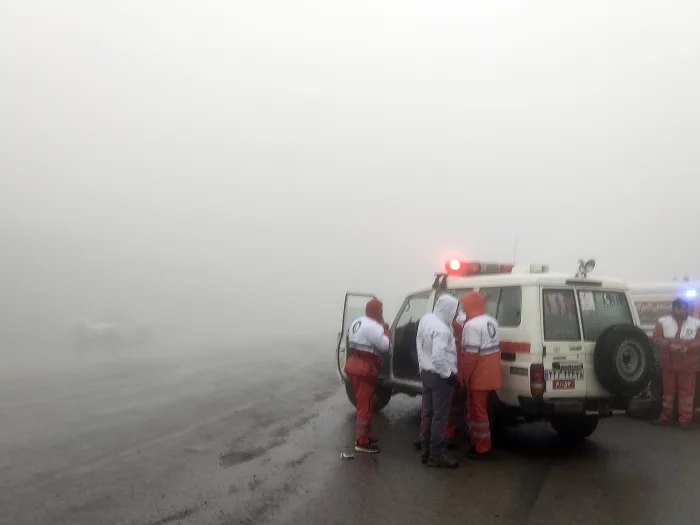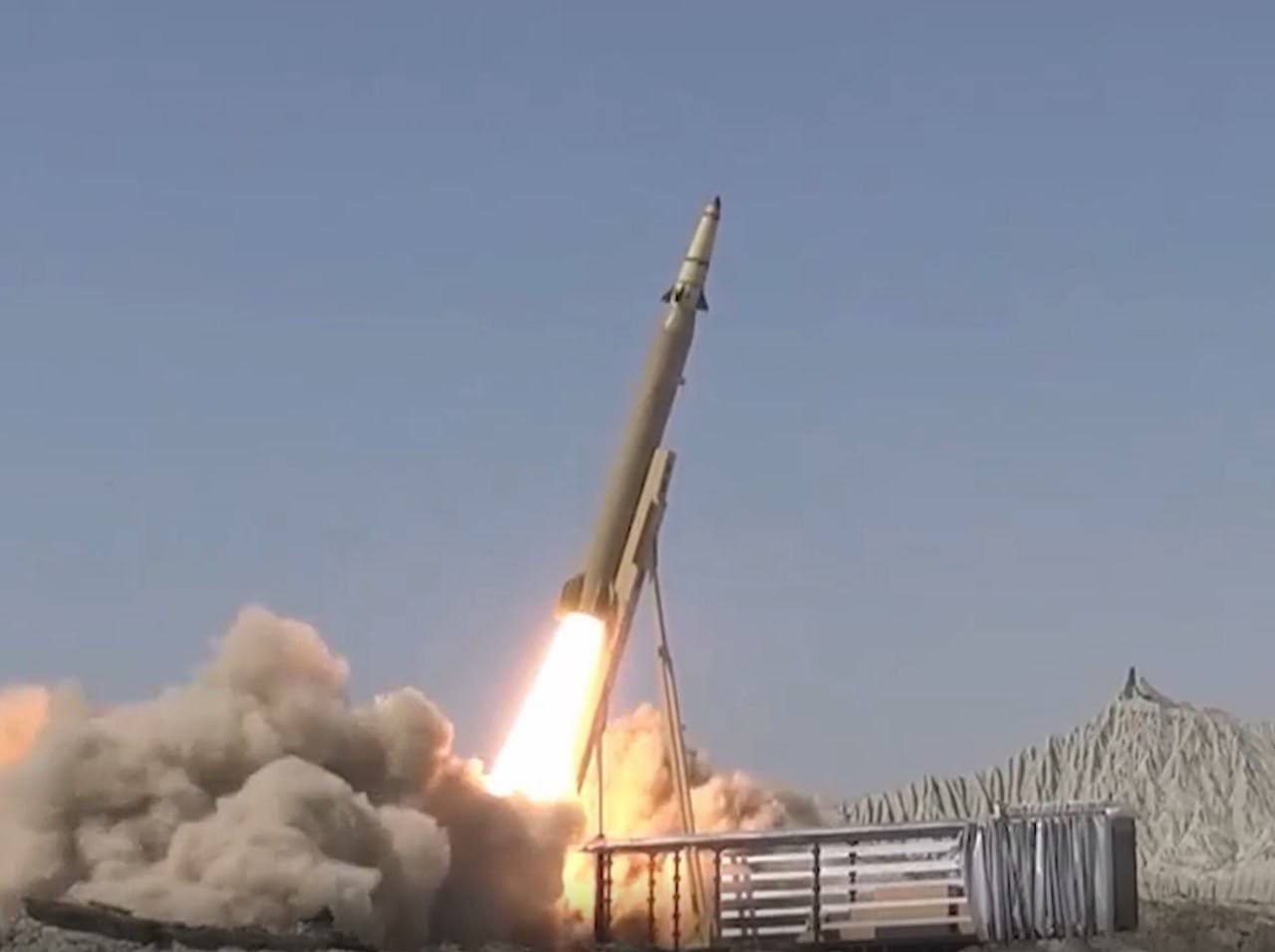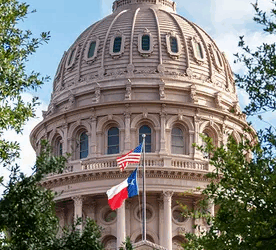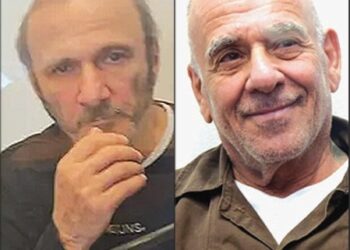May 31, 2024
Islamic Republic President Ebrahim Raisi was killed May 19 when the helicopter he was flying in crashed into a forested hillside during a thick fog in East Azerbaijan province. He was 63. The government did not suggest any foul play. It did not accuse Israel of any involvement.

It announced the cause of the crash as a “technical failure,” the standard term it uses for almost all aircraft crashes. Actually, it appeared most likely that the fog was the cause of the crash. The crash site was in a heavily wooded area just below the top of a ridge line in the Zagros Mountains in Varzeghan County.
Under the Constitution, a new election for a successor must be held within 50 days. That would make the deadline Monday, July 8. The government quickly announced election day for Friday, June 28. Elections are always held on Fridays. In the meantime, First Vice President Mohammad Mokhber, 68, automatically becomes acting president. Mokhber was appointed to that post, which is not an elected position, by Raisi.
Also killed in the crash were Foreign Minister Hossein AmirAbdollahian, 60, the governor general of East Azerbaijan province, Malek Rahmati, the Friday prayers leader of Tabriz, Ayatollah Mohammad-Ali Al-e Hashem, two of the president’s bodyguards and the two-man crew of the helicopter.
While the government did not suggest any foul play, former Foreign Minister MohammadJavad Zarif immediately blamed US sanctions for the crash, saying the sanctions meant Iran couldn’t buy parts for aircraft.
This is a standard assertion after almost every aviation crash in Iran. It is true that sanctions bar Iran from buying aircraft parts from the United States. However, the fact that the Islamic Republic is still flying Americanbuilt planes 45 years after the revolution proves it has a very well-developed system for acquiring spare parts, mainly by buying them from other countries that operate American aircraft and can buy parts from the US.
The main downside is that Iran must pay far more than list price to get those parts. The helicopter the president was flying in was a Bell-212, which was built in a plant near Esfahan that Bell provided to Iran in the 1970s before the revolution.
Just before his death, President Raisi had attended a ceremony on the border with Azerbaijan to inaugurate a new dam along with Azerbaijani President Ilham Aliyev. Raisi then boarded the helicopter to fly over the mountains to Tabriz.
The chopper had only flown 60 kilometers (38 miles) before it crashed into the mountainside. There were three helicopters flying together to Tabriz with members of the Iranian delegation to the dam opening. The other two helicopters arrived in Tabriz as scheduled. It appears the failure of the president’s helicopter to arrive was the first indication of a problem.
No one has said there was any communication with the chopper pilot indicating a problem. However, much questionable information was carried in the media after the crash. For example, Interior Minister Ahmad Vahidi said the chopper had made a “hard landing,” though the government never claimed to have been in contact with the chopper crew and never explained how it knew of a “hard landing.” Mohammad-Hassan Nami, head of disaster management, was quoted by the state news agency as saying the Friday prayer leader survived the crash for an hour and telephoned the president’s office about the crash. But the head of the Red Crescent Society, Pirhussein Kolivand, said that was false.
The chopper crashed late in the afternoon, giving little time for a search before sundown. Helicopters could not be used in the search because of the thick fog. The crash site was finally reached shortly after dawn the next day.
Turkish officials said a Turkish drone located the site through the fog by detecting heat from the burning wreckage emanating from the mountainside. Kolivand, head of the Red Crescent Society said it took more than 40 minutes to reach the site after it was seen by one of the 46 search teams that had been deployed. He did not mention any Turkish drone and, in fact, said only Iranians were involved in the search.
Turkish Transport Minister Abdulkadir Uraloglu said the search was complicated by the fact that the president’s helicopter either had no transponder or had turned it off. A transponder beeping a location is the usual method of locating a downed aircraft. Iranian security officials may have feared the transponder could have been use by a missile targeting the president and have removed the transponder.
Turkiye said its Akinci drone entered Iranian airspace at 12:45 a.m. Monday, with Turkiye’s Anadolu news agency running a live stream on X. It said the Akinci located the heat source and told Iran about it at 2:22 a.m. Rescue workers were reported to have reached the site at 5:46 a.m. The Islamic Republic has not acknowledged any role by Turkiye in the search.
A key question surrounding Raisi’s death is the implications for Iran’s political future. Raisi was widely touted as the most likely successor as Supreme Leader to Ali Khamenehi, who just turned 85 years old. But the immediate question is who will succeed Raisi as president. There was no indication before the Iran Times went to press.
Raisi was widely seen as a weak president, even an incompetent one. He spent the bulk of his career in the Judiciary and did not have much understanding of policy issues or a flair for political maneuvering. That opened the possibility that Raisi would be succeeded by a more skilled figure who could restore some luster to the Islamic Republic.
However, much government power has drifted into the hands of the Pasdaran, while the final say in all major issues (and many minor ones) lies with the Supreme Leader. The story of the helicopter crash was major news internationally.
Before Raisi’s death was known, the story of the crash was the lead in the Monday, May 20, issues of all the top three American dailies: The New York Times, The Wall Street Journal and The Washington Post. Raisi was the second Iranian president to die in office.
In 1981, a bomb killed President Mohammad-Ali Rajai four weeks after he was inaugurated as the second president of the Islamic Republic. Khamenehi declared five days of public mourning for Raisi.

























